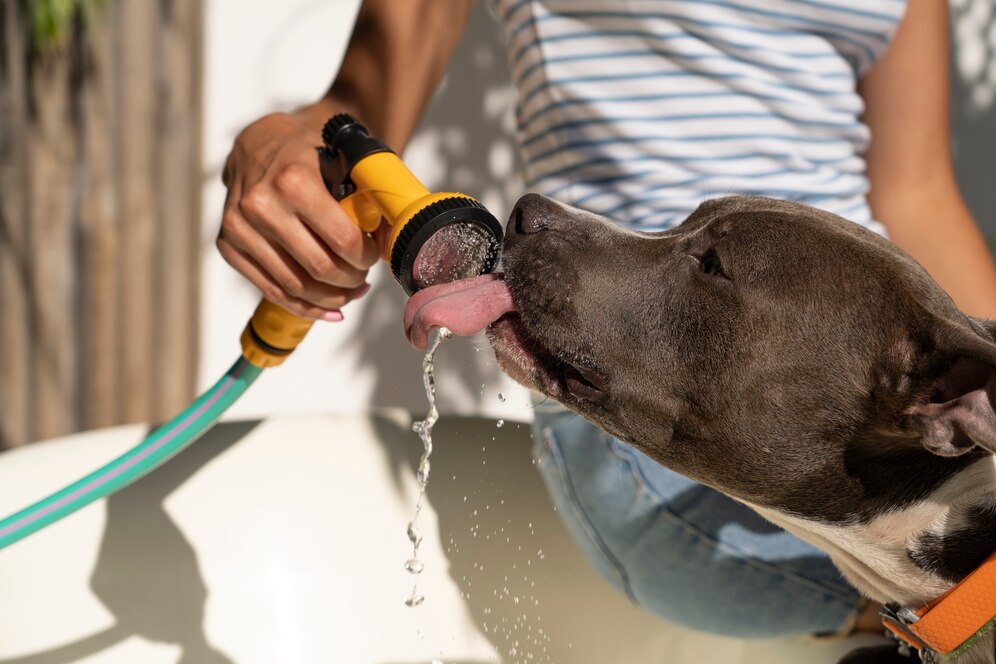
Everyone is feeling the effects of climate change with the extreme weather conditions we are experiencing. People are likewise doing everything possible to cool themselves down in this extremely hot weather. Some people go to beaches, while others make cold desserts at home. Whatever you do, you should never forget to drink enough water and turn on your air conditioner or electric fan if you are feeling hot, to control body temperature this warm weather.
Heatstroke Prevention Tips for Dogs this Summer
Cooling yourselves down is essential to prevent heatstroke this summer. You can drink water or turn your place cooler once you or your family feel hot to mitigate increased risk of heat related illnesses. The case is different for your dogs.
Unlike you, your dog cannot tell directly if they’re feeling hot, dehydrated or experiencing signs of heatstroke. Instead, pet parents should watch out for warning signs you can observe.
Dogs can also experience heat exhaustion or heat-related illness the same way as humans. And because dogs do not sweat, they are much more vulnerable to the effects of too much heat exposure. Here are some ways to prevent your dogs from developing heat stroke this summer.
What is Heatstroke?
Heatstroke happens when you are not able to treat dehydration properly or fail to seek veterinary attention. Heatstroke is a life-threatening condition also known as overheating or heat exhaustion. It is when your pet’s body temperature rises beyond the normal range.
Heatstroke can cause severe conditions in dogs, mainly brain damage, the eruption of blood vessels, organ failure, organ damage, muscle tremors, and in severe cases, death. Most cases of heat stroke occur due to the pet owners’ carelessness in placing them in hot environments.
What Breeds Are More Prone to Heatstroke?
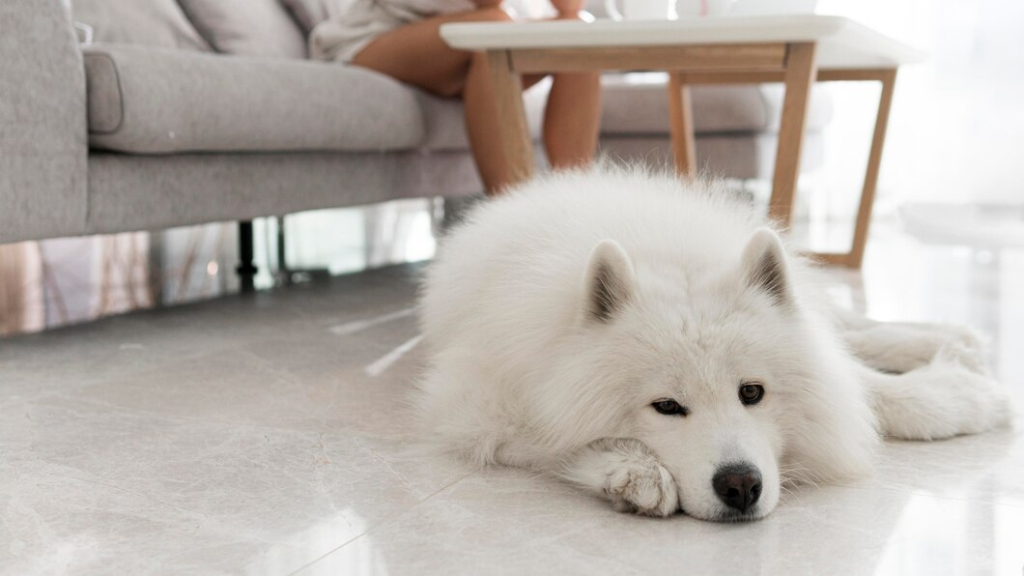
Not all dogs are created similarly. Some dog breeds are more prone to heatstroke than others. If you own a chow, you should be more observant because they are 17 times more likely to develop heatstroke than other dogs. Brachycephalic breeds like Bulldogs, French bulldogs, and pugs are also at higher risk because their noses are not built like other dogs.
Symptoms of Heatstroke in Dogs
Excessive Panting
The most obvious of heatstroke signs in dogs is excessive panting. Dogs cool down by panting because they have no sweat glands. Seeing them pant more than usual can indicate early signs of higher temperatures and that they are feeling hotter.
Dehydration
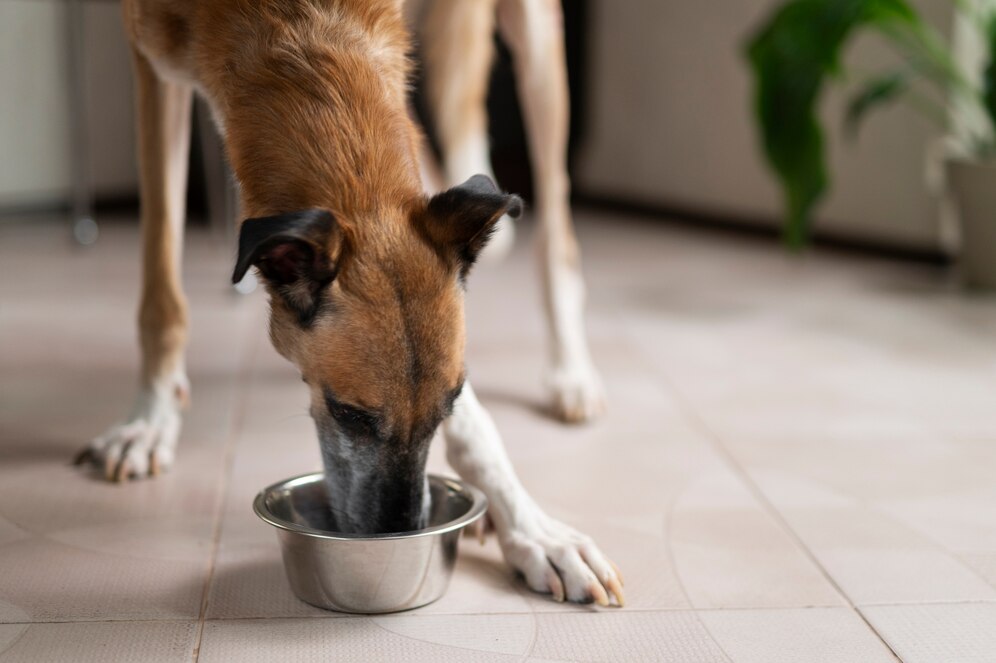
Dehydration is also another notable sign of heatstroke in dogs. You can detect dehydration by a dry nose, tiredness, sunken eyes, and orange peel. Another indicator is in your dog’s gums. Red gums is an indication that your dog is healthy. But if your dog has gray, purple, or bluish gums, there is a chance that they are overheating or dehydrated. If their condition worsens, it is imperative to see veterinary attention.
Drooling and Rapid Pulse
It would be best if you also kept an eye on how your dog drools. A dog that suffers from heatstroke drools a lot or has stickier drools than usual. If you have a large dog breed, they tend to have slower pulses. If your big dog has a rapid pulse, it can indicate that they are suffering from heatstroke. When this happens make sure that they are immediately transferred to a shaded area or any cooler places or spots within the house.
Lightheadedness
Signs of Heatstroke l Lightheadedness of Dogs Experiencing Heatstroke | Photo from Unsplash
A dog who experiences heatstroke also tends to have trouble walking straight. They might be lightheaded or bump into a piece of furniture. Dehydration and heat exhaustion cause a dog to become dizzy.
How to Treat Heat Exhaustion
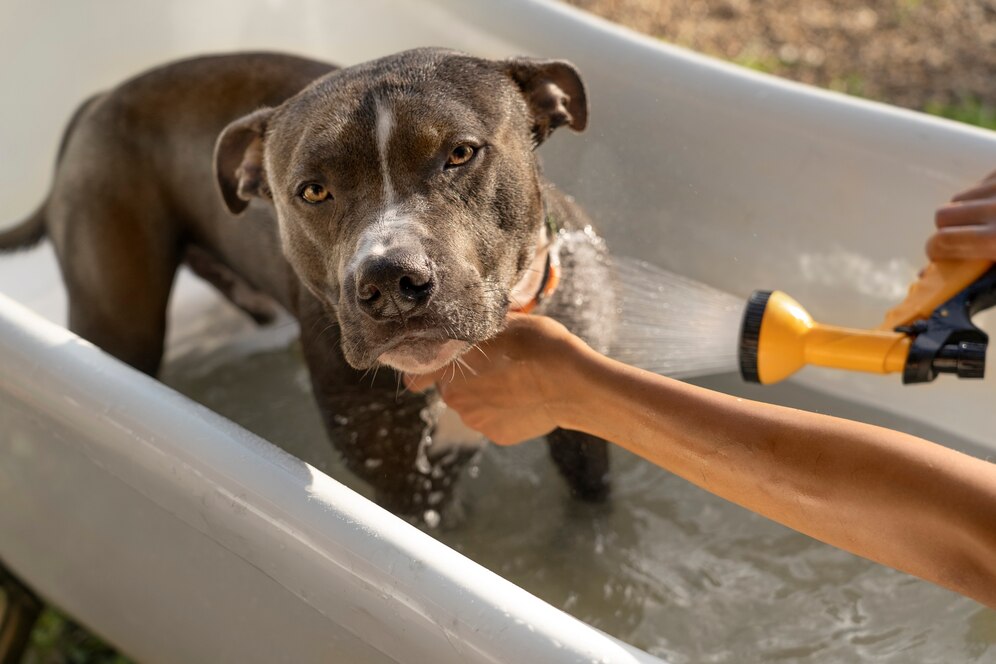
The best way to treat heat exhaustion before it’s too late is to take your dog off the hot ground and move them to a cooler place where air movement flows freely, especially if they are breeds with naturally thick coats like huskies and chow chows.
When taking smaller pet dogs out for their usual walk on warm weather, make sure they have paw pads or dog shoes to keep their paws protected from the ground’s heat generation. Identify spots that provide shade. However, the best place for your dog to stay this summer is indoors. It would be better if you could turn the AC unit or electric fan on for them.
While wetting their paws, ears, and body can help your dogs feel cooler, it’s essential to be mindful of the water temperature. Apply cold water to older dogs, but lukewarm water is best for pet puppies. However, there’s a danger zone: wetting your pups with cool water before putting them in front of a fan to dry off utilizes evaporative cooling, which can be effective.
But just like with scorching sunlight, rapid evaporation can be too much for them. Due to our country’s humid weather especially on summer months, it is best to have some towels soaked with cold water and daub their bodies instead of directly pouring water onto your pet dogs. Then towel them off gently after using cool water to avoid excessive cooling. Remember to avoid wrapping wet towels around them as it traps heat and can worsen their condition.
If you see signs of your pet’s condition worsening such as their respiratory rate unchanging even after you have applied first aid, it is wise to seek help from your local vet as they may need iv fluids and other treatments.
As they cool down, you should offer them some water to drink. Water keeps their body temperature cool internally and can help prevent dehydration. Like humans, they need to constantly hydrate with fresh water everyday to keep their body temperature regulated. If you think that your pet dog is getting weaker, adding dextrose powder or sugar to the water can help restore their energy until they fully recover.
Once you see the signs and symptoms of heat exhaustion in dogs and apply applying first aid, seek veterinary attention as soon as possible. Once they recover, they should be monitored for kidney damage, dehydration, and other complications that could affect them in the long term.
How to Prevent Dog Heatstroke
The best way to prevent heat stroke in dogs is to keep them in cool places that have a lot of shade and freshwater for them to drink. You can place bowls in different locations around the home for accessible water. Adding ice cubes to the dog’s water is also a great idea.
If you have a kiddie pool at home, you can let your dogs bathe and swim there during the summer months. Some dogs just love swimming naturally, while others need to be taught how fun swimming is. But if they don’t like swimming, you should bathe your dog every week or at least wet their paws daily.
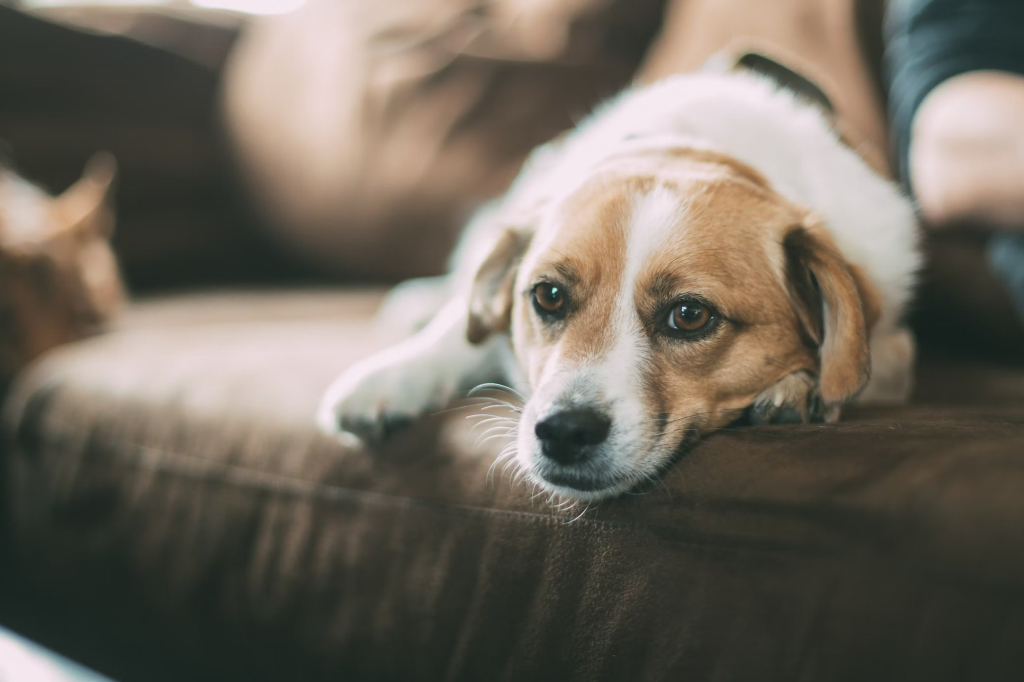
If you like taking your pet dog on trips, you should never leave them inside your car when the air conditioning unit is off, especially on a hot day. This action can make your dogs overheat because your car traps the sun’s heat, and of course, leaving your dog in a parked car, even if the windows are rolled down, is just painfully cruel.
One of the activities that you should do with your four-legged friend is to walk with them. When walking your dog, it is best to walk them early in the morning or late in the afternoon when the air is cool. You should never let your dog walk from 9 am to 4pm because this is when the sun’s temperature is at its hottest. Walking them during these times can cause heatstroke, and the ground is too hot for their paws.
You might have the idea of cutting your dog’s fur to make them cooler. However, this is counterintuitive and will put them in a life-threatening emergency as their coats are made to protect them from heat. Huskies and other breeds have a double coat that insulates airflow. These dogs also have a natural shedding process. What you should do instead is brush your dog’s fur regularly.
The summer can be challenging for your pet dogs. As fur parents, it is your job to take care of them as much as they take care of you when needed. Preventing heatstroke is as easy as providing shade, ventilation, and water. There should be no reason why your dog suffers from heat exhaustion.

Celebrate Life’s Milestones in Camella!
Make unforgettable memories in a Camella home.
Our communities are designed to elevate your living experience.


